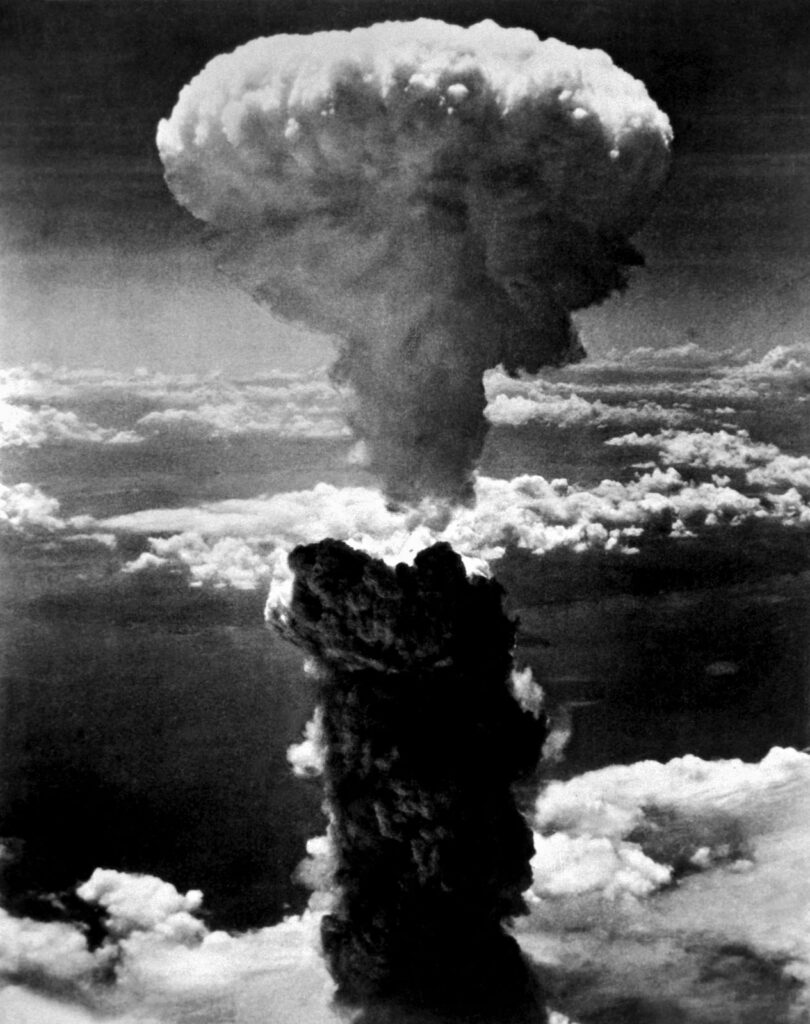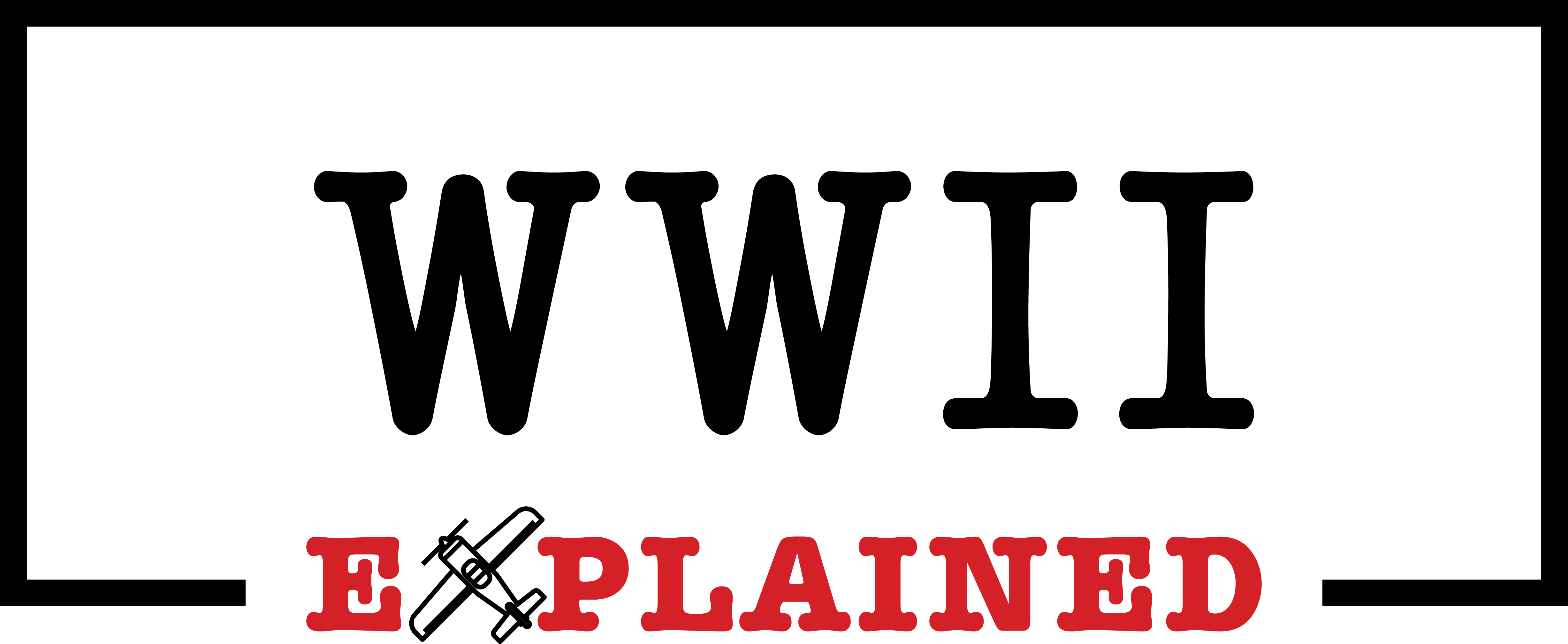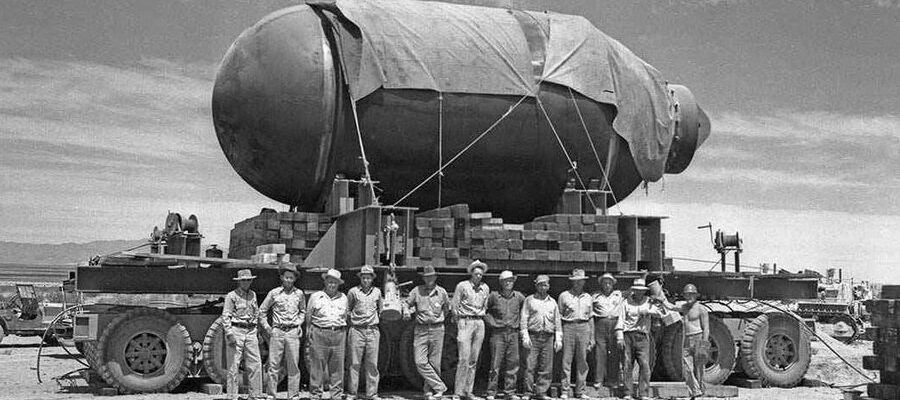The Manhattan Project was the code name for the U.S-led research and development project (1942-1945) that produced the first nuclear weapons during World War II. The highly controversial development and eventual use of the atomic bomb involved some of the world’s most prominent scientific minds as well as the U.S. military. Despite the name of the project, most of the work was completed in Los Alamos, New Mexico. The Manhattan Project emerged as a response to fears of a nuclear weapon that was being developed by German scientists since the 1930’s.
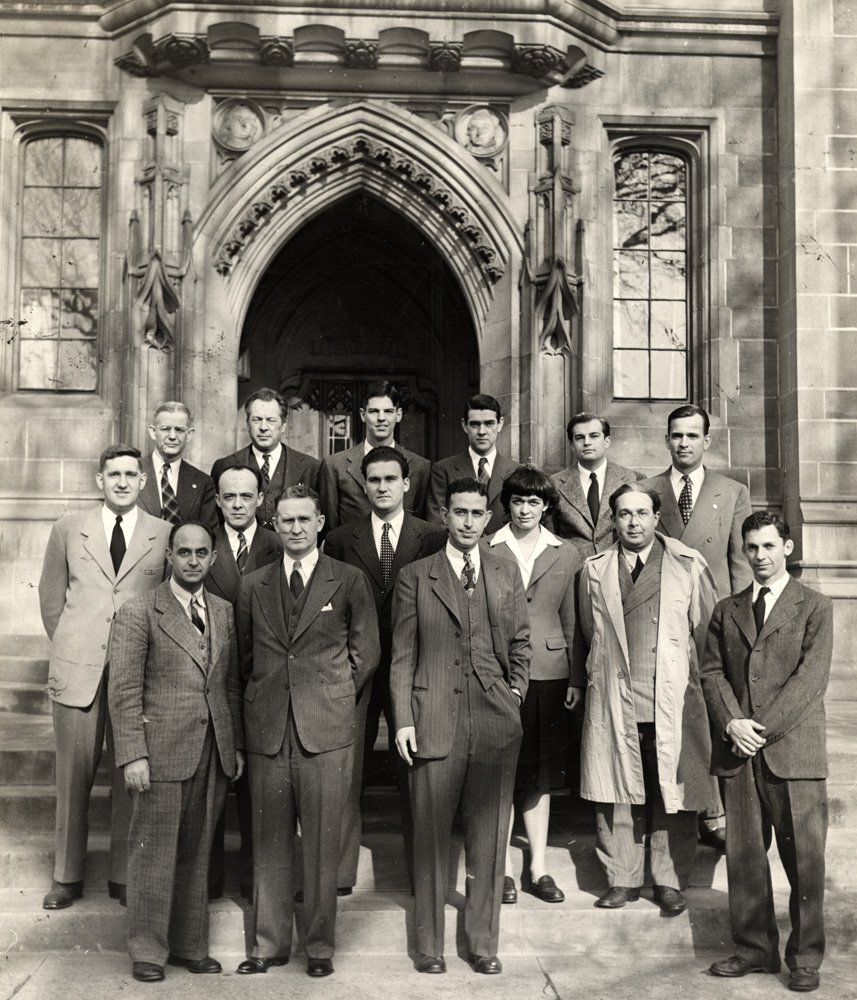
United States’ Declaration of War
The agencies leading towards the Manhattan Project were initially formed by President Franklin D. Roosevelt in 1939. This came after reports from U.S. intelligence of a nuclear weapon that was already being worked on by German scientists working for Adolf Hitler.
To begin, Roosevelt established the Advisory Committee on Uranium, a team of scientists and military personnel responsible for researching the potential role of uranium as a weapon. Based on the committee’s conclusions, the U.S. government began funding research by Enrico Fermi and Leo Szilard at Columbia University, which concentrated on radioactive isotope separation and nuclear chain reactions.
The name of the Advisory Committee was renamed to the National Defense Research Committee in 1940, before ultimately being changed in 1941 to the Office of Scientific Research and Development (OSRD).
After the Japanese attack on Pearl Harbor in 1941, President Roosevelt declared the entering of the U.S. in the war, in alliance with Great Britain, France and Russia against the Germans and Japanese. With the approval of President Roosevelt, the Army Corps of Engineers joined the OSRD in 1942, and the project developed into a military initiative.
The Manhattan Project is Launched
The Manhattan Engineer District was formed by the OSRD in 1942 in Manhattan, New York. U.S. Colonel Leslie R. Groves was assigned with leading the project. Enrico Fermi and Leo Szilard continued their research on nuclear chain reactions and enriching uranium to produce uranium-235. Scientists were creating microscopic samples of pure plutonium, while Canadian government and military officials carried out nuclear research at different locations in Canada.
On December 28, 1942, President Roosevelt approved the establishment of the Manhattan Project to achieve the goal of creating nuclear weaponry through combining these several research efforts. In order to carry out the research and atomic testing, a number of facilities were set up in remote locations in New Mexico, Washington, Tennessee as well as in Canada.
The Los Alamos Laboratory
In 1934, Theoretical physicist Robert Oppenheimer was appointed director of the Los Alamos Laboratory in New Mexico. Prior to his new position, he was already involved with research on nuclear fission. The Los Alamos Laboratory which became known as Project Y was officially established on January 1, 1943. It is where the first Manhattan Project bombs were constructed and tested.
July 16, 1945, marked the successful detonation of the first atomic bomb. Known as the Trinity Test, the bomb was exploded in a remote desert location in New Mexico, creating a massive mushroom cloud at 40,000 feet high.
Two types of bombs had been developed by scientists working under Oppenheimer: a uranium-based bomb called “the Little Boy” and a plutonium-based bomb called “the Fat Man.” These two designs became a significant part of the U.S. strategy in ending the war.
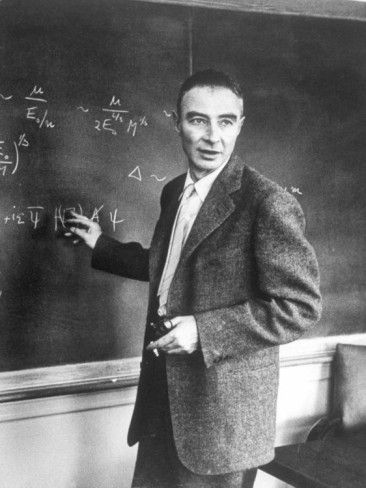
The Potsdam Conference
With the Germans nearing surrender following their heavy losses in Europe, it was believed by U.S. military officials in 1945 that Japan would continue to fight, leading to huge-scale invasion of the island nation, inevitably resulting in substantial casualties on both sides.
At the Potsdam Conference on July 26, 1945, the U.S. delivered an ultimatum to Japan to surrender according to the terms outlined in the Potsdam Declaration. Included in the terms was a call for Japan to form a new democratic government or face “prompt and utter destruction.” Due to there being no role outlined in the declaration for the emperor in Japan’s future, the leader of the island nation did not accept the terms.
The Bombing of Hiroshima & Nagasaki
In order to forcefully encourage Japan to surrender, the Japanese city of Hiroshima was identified by the military leaders of the Manhattan project as an ideal location for an atomic bomb. On August 6, 1945, the Little Boy bomb was dropped 1,900 feet above Hiroshima. The explosion caused unprecedented destruction and thousands of casualties. Three days later, with still no declaration of surrender from Japan, the Fat Man bomb was dropped over Nagasaki on August 9th, obliterating more than three square miles of the city.
With more than 100,000 people killed by the bombs and the two cities reduced to rubble, the Japanese informed the U.S. of their intention to surrender on August 10th, and officially declared surrender on August 14, 1945.
